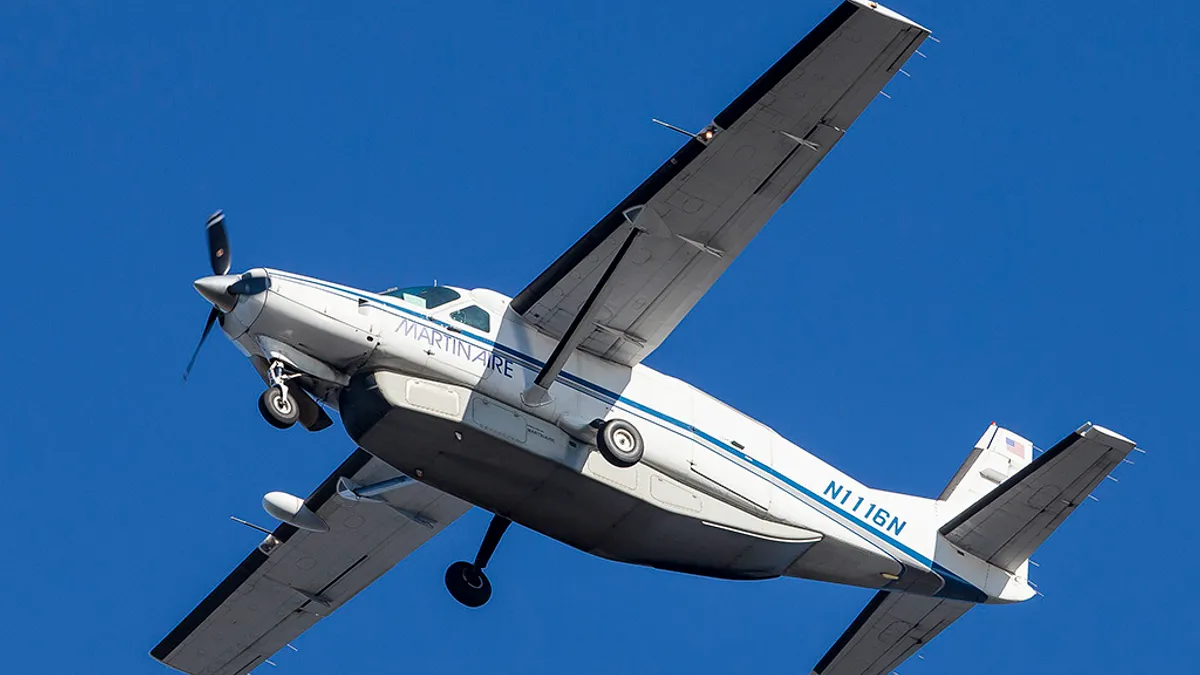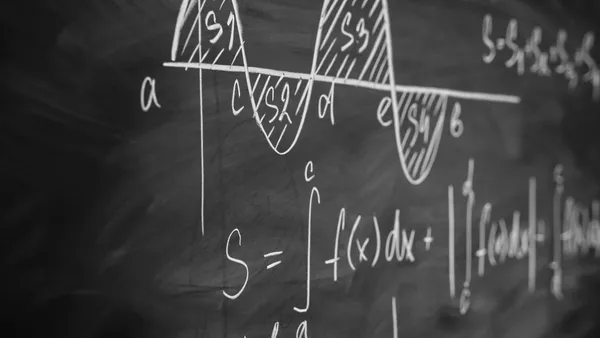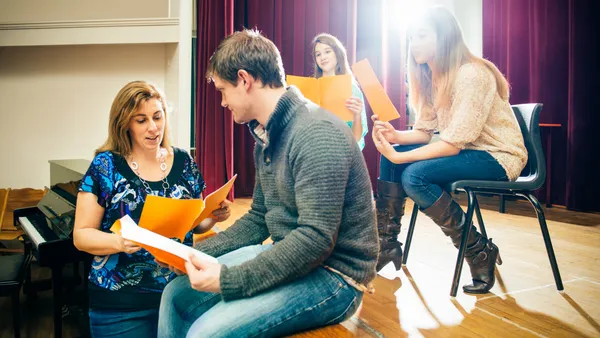Dive Brief:
-
An aviation program built from a curriculum created by the Aircraft Owners and Pilot Association and anchored at Williamsport High School in Williamsport, Maryland, brings hands-on learning with career and technical benefits to high school students.
-
The program is focused on giving students a way to gain momentum and experience toward a future aviation career and includes detailed training that ranges from working with flight simulators to mechanical and assembly side learning before students graduate.
-
“While becoming a pilot out of their own pocket can be quite expensive, our program not only helps the students to get their foot in the door but also does so at no cost to them,” said Adam Parry, acting supervisor of career and technical education with Washington County Public Schools in Maryland. “Our goal is to plant the seed and spark their interest.”
Dive Insight:
While hands-on learning sits at the center of the new aviation program at Williamsport High School, 9th-graders will start with more abstract lessons, including those on the theory of flight, Parry said.
Even so, the curriculum at that grade level will still have a project-based learning focus including the assembly of hot air balloons using tissue paper and heat guns. The project is designed for students to learn the science behind lift and how wind flows, and it includes miniature wing design assignments.
The program is also open to students from other area schools.
Technical training will be seeded throughout the four-year experience, and Parry notes that students will log flight time on 12 Redbird Cessna Flight Simulators to help them meet the 1,500-hour, entry-level flight time requirement. Classes will eventually be able to choose two pathways to follow for the remainder of their time — one on manned aircraft and one on unmanned, with training to earn their certification in either path while in high school.
“We incorporate unmanned aircraft (drone) certification or continue with instruction that centers on students passing their entry-level pilot exam,” said Parry.
As a final project, students will have an opportunity to spend two years working with pilots and mechanics from local associations to build a plane using a kit from aviation education nonprofit Tango Flight, beginning in the 2025-26 school year. The goal is that the completed plane will be certified by the FAA and sold by Tango Flight as a workable model. For Parry, this project alone creates a unique learning opportunity to help students see a real-world use for their efforts.
“This responsibility places a significant emphasis on our students to not only learn, but to also demonstrate great attention to detail,” Parry said. "What they create as a team will be in the air for at least 40 years.”






 Dive Awards
Dive Awards






